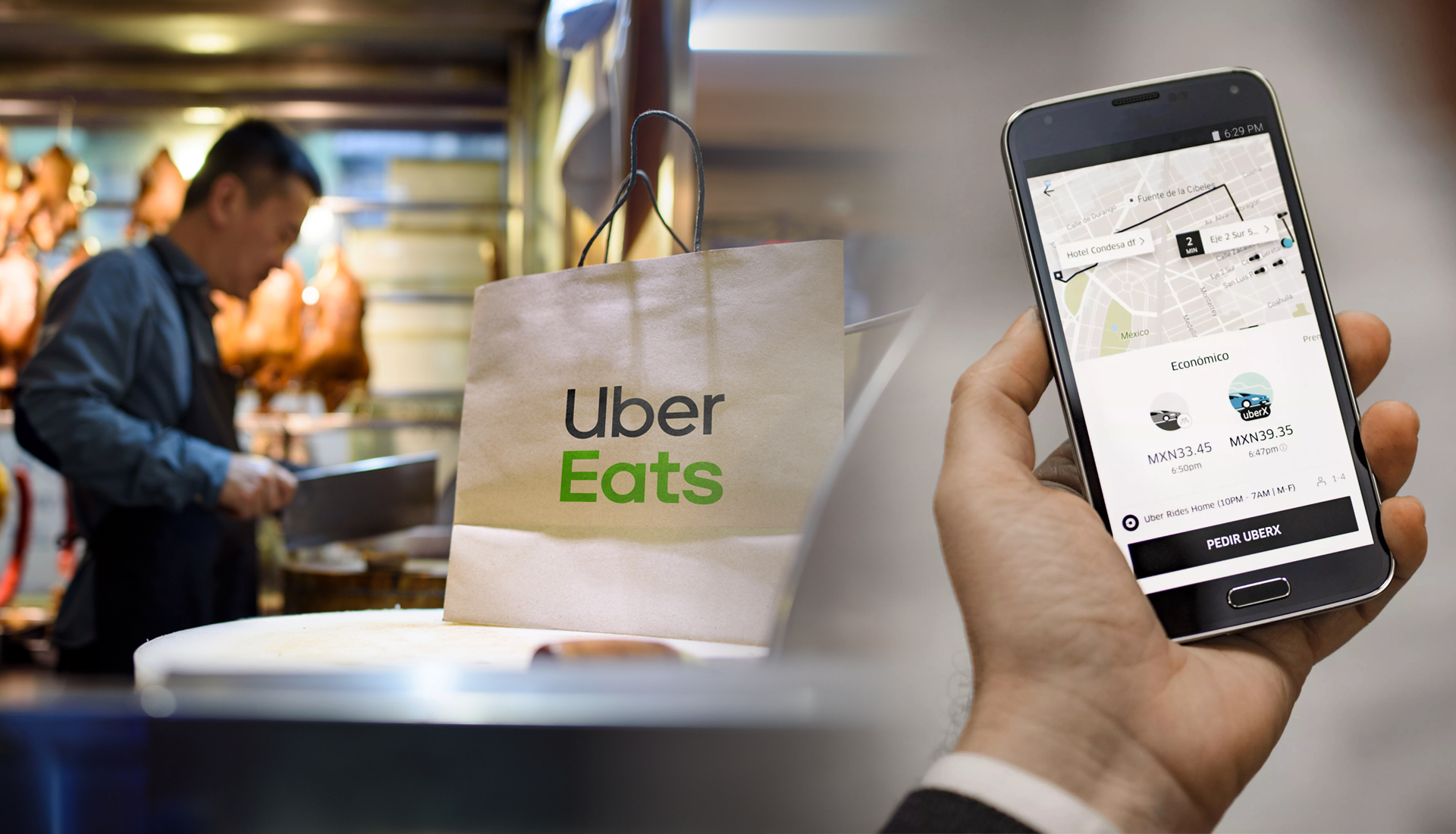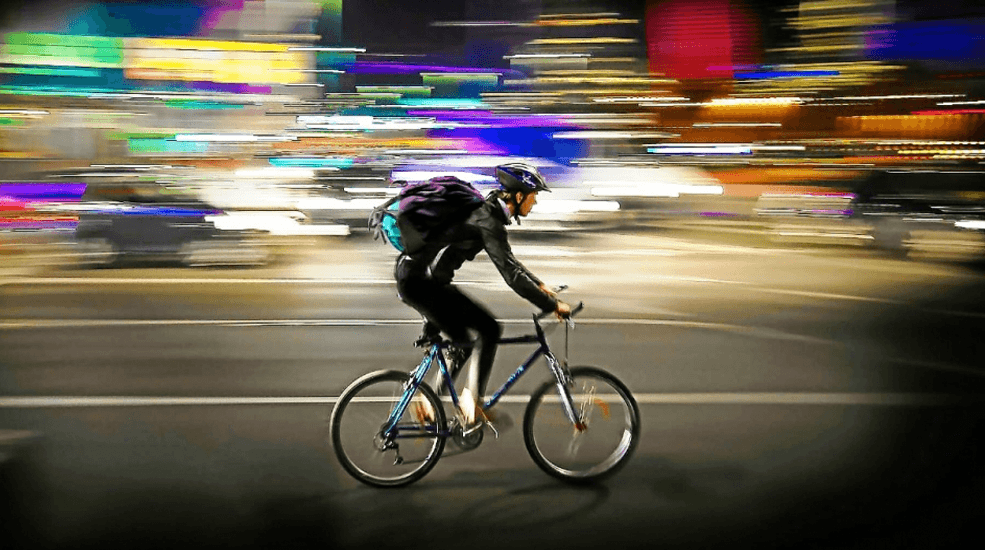Food delivery apps such as Uber Eats and Deliveroo are becoming so popular that investors have started putting millions of dollars into creating ‘virtual’ restaurants.
It looks increasingly likely ‘virtual’ restaurants will become the next central cog in the gig-economy machine. Food delivery apps are ubiquitous nowadays, but their origins in physical restaurants have a significant drawback: they weren’t built to serve massive influxes of takeaway orders while accommodating in-house customers.
Recognising the mass demand for more streamlined food services, huge companies are now focusing on creating an entirely new type of restaurant solely purposed towards preparing orders for takeaway apps… one with no dining space, waiters, chairs, cutlery, or crockery, purely chefs in ‘ghost’ kitchens churning out orders for tetchy drivers.

The biggest virtual restaurant to date is Taster; set up by former Deliveroo executive Anton Soulier. The French entrepreneur raised $8 million in funding through an initiative led by US investor Battery Ventures, Heartcore Capital, and other backers operating in London, Madrid, and his native home Paris.





















